Want to know more about orangutans? Learn about this intelligent ape's life history, ability to use sign language, and more.
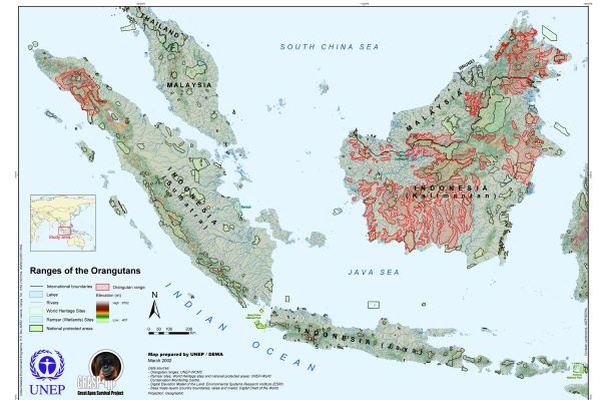
Fossil evidence suggests the orangutan once ranged throughout most of the southeast and mainland Asia, encompassing both high and lowland areas in the wet and seasonal tropics of modern-day Vietnam, ... Read more
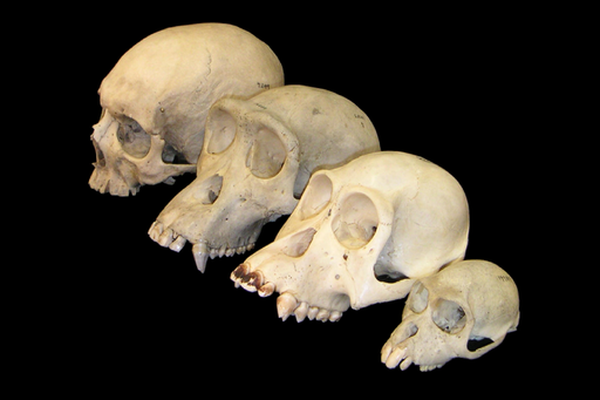
The similarities between orangutans and humans and the closeness of our evolutionary history are often cited as important reasons to protect them. But what does this really mean, and just ... Read more
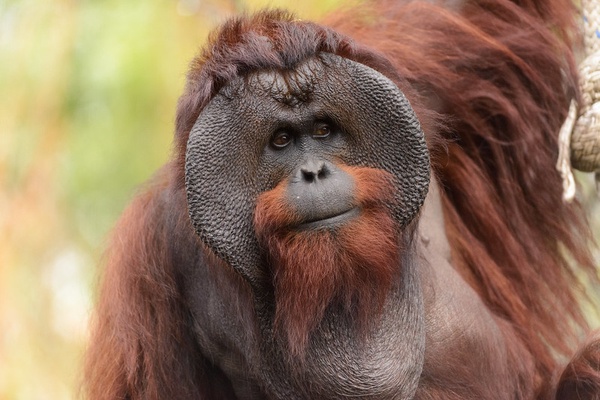
Orangutans are the largest tree-dwelling animal in the world, and the second-largest non-human great ape, after gorillas. A mature female orangutan may weigh approximately 40kg and have a standing height ... Read more
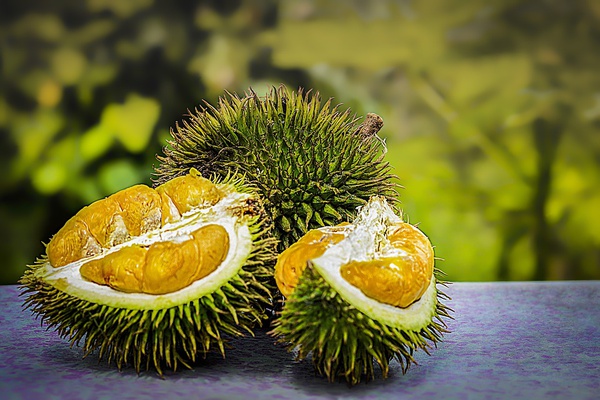
Orangutans are large-bodied animals that must eat large amounts of high-calorie foods. Largely frugivorous, when it is abundant, the fruit will make up as much as 90% of their diet, ... Read more
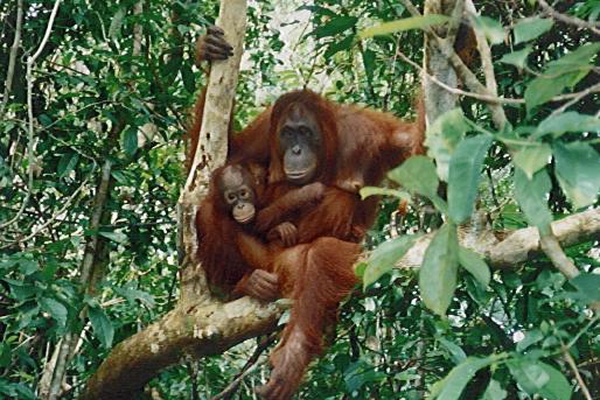
All great apes have slow life histories, and the orangutan is no exception. In fact, it has the longest birth interval of any land mammal, with one of the longest ... Read more
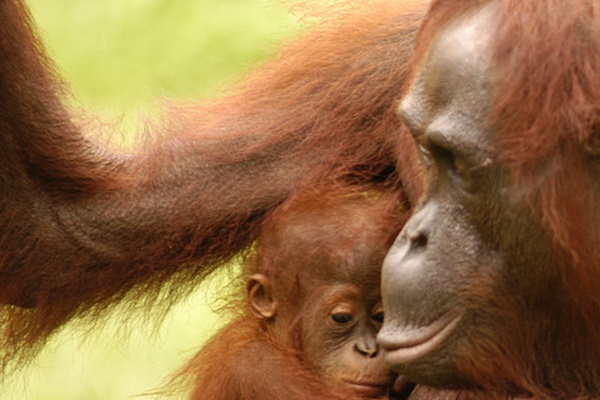
Long thought to be a solitary ape, long-term studies of orangutan behavioral ecology beginning in the 1960s and 1970s have shown that orangutans are best described as semi-solitary, with a ... Read more

The popular image of an orangutan is of a serene loner - quiet, calm, mysterious, and difficult to see from the ground as it moves, alone, through the forest canopy. ... Read more
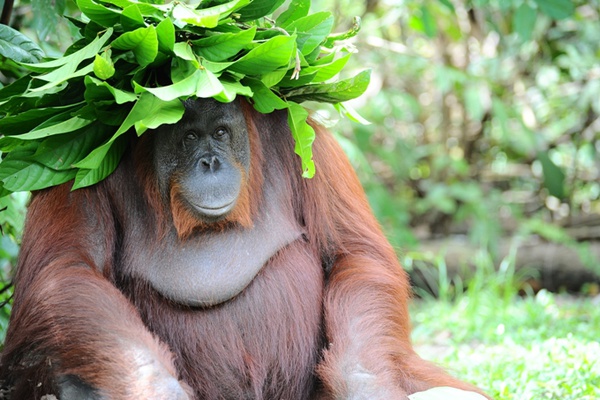
Intelligence in great apes has historically been determined by the extent of tool use shown by wild populations, particularly as tool use and tool manipulation was once thought to be ... Read more
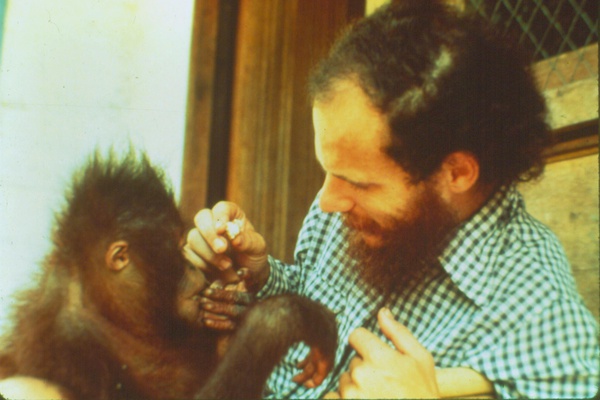
Language is an important part of being human. Many have long assumed (indeed, many still assume) that our use of language is one of the most important things that sets ... Read more
